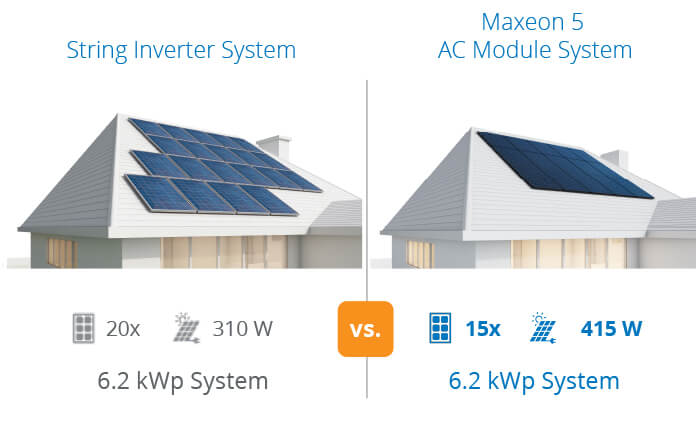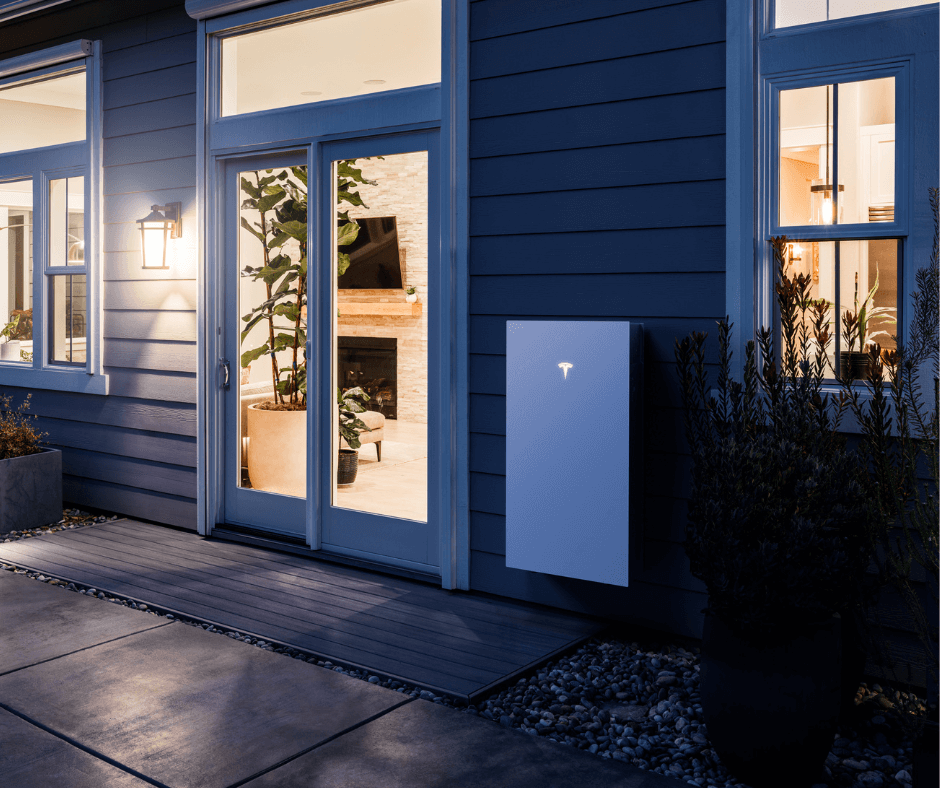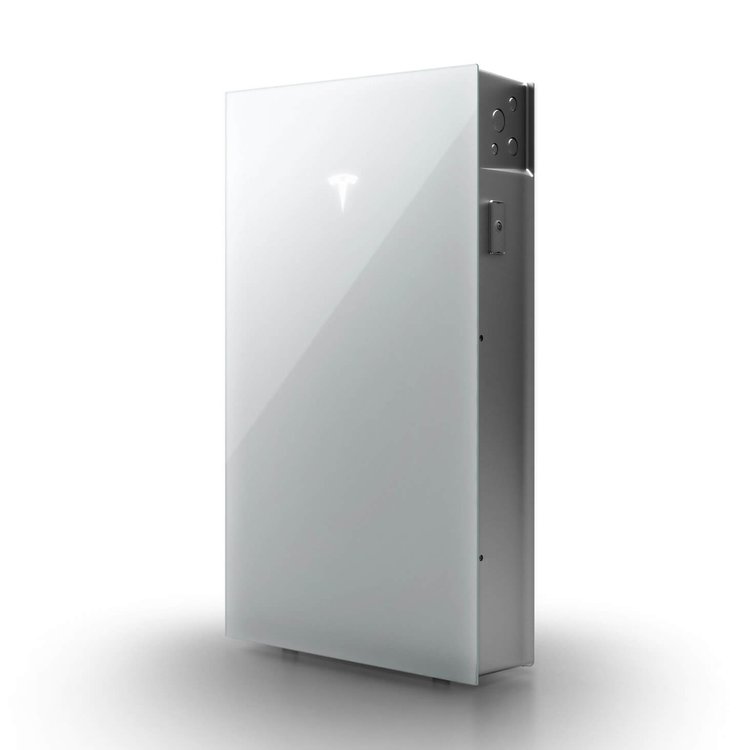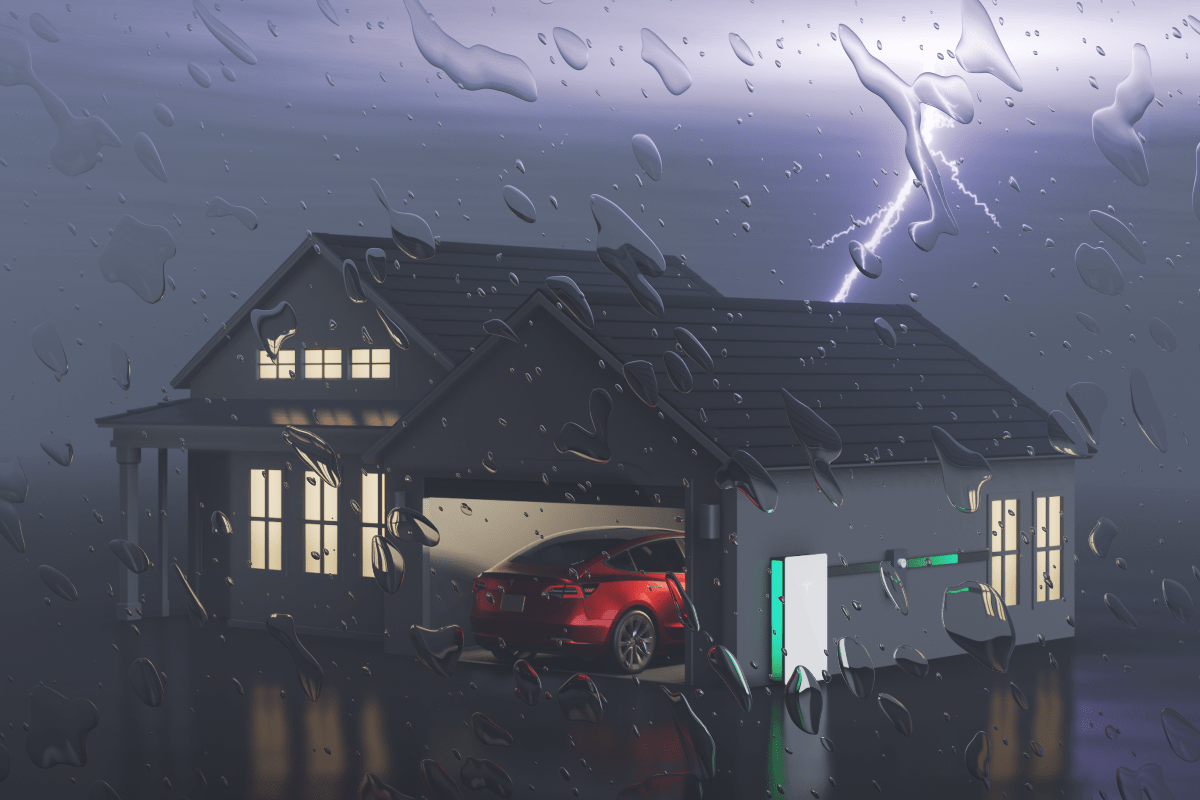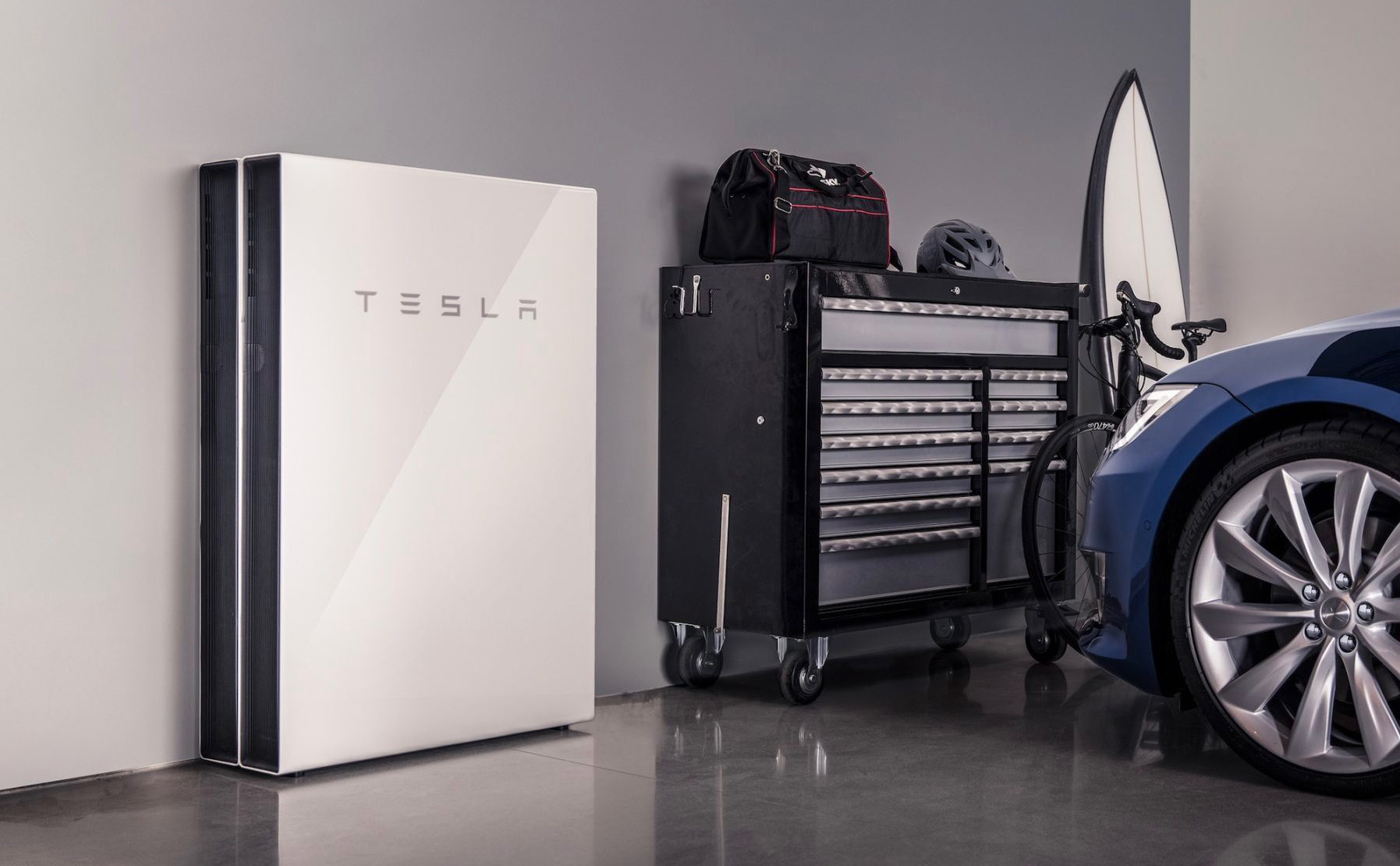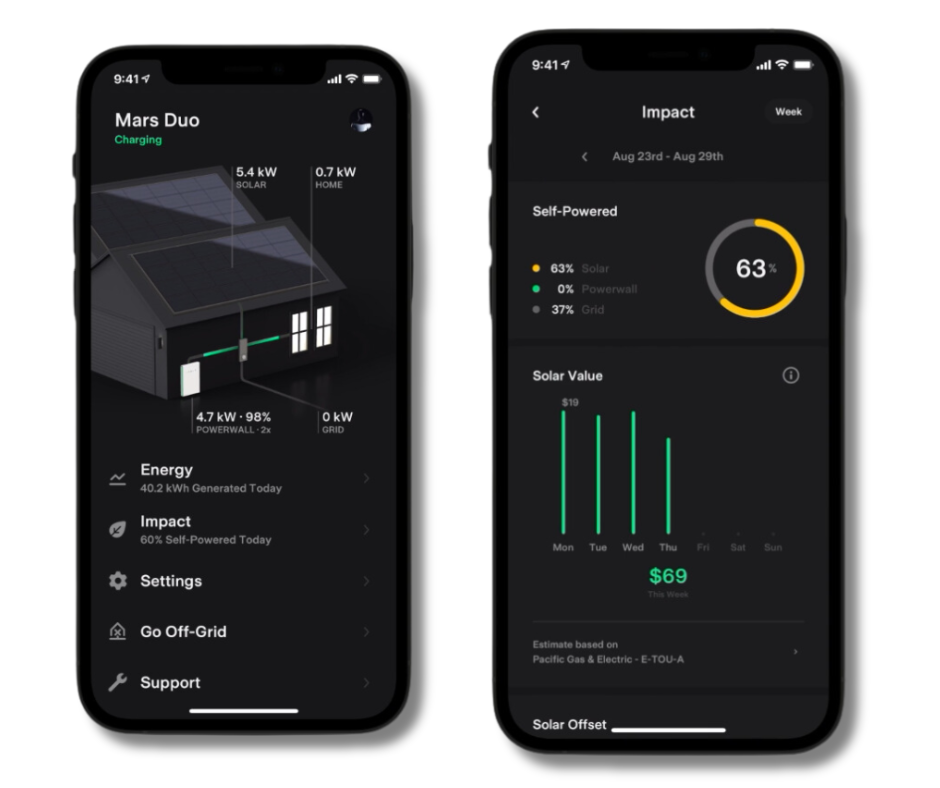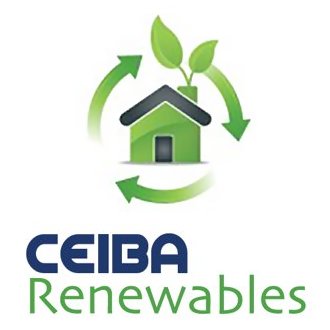What Are the Top Design Highlights of Tesla Powerwall 3?
At Ceiba Renewables, we’re excited to introduce the Tesla Powerwall 3 — a next-generation battery that not only eliminates rare earth metals but offers remarkable flexibility with its programmable inverter. This feature helps us navigate the unknowns of the G99 application process required by the Distribution Network Operator (DNO) when installing Powerwalls, ensuring your home can safely integrate with your home and disconnect from the grid during outages.
The Powerwall 3 charges at 5kW but can output up to 11.04kW to power your home from solar energy or export to the grid (subject to DNO approval). These capabilities optimise energy use, reduce grid dependency, and offer savings.
In this post, we’ll break down key design considerations to help you understand how the Powerwall’s settings work together to maximise your system’s efficiency.
Key Tesla Powerwall 3 Components
Solar PV kWp Rating
The kilowatt-peak (kWp) rating measures your solar panels’ maximum output under optimal conditions. A 6kWp solar system, for example, can produce up to 6kW in peak sunlight, helping meet your household power needs and storing excess energy.

G99 Setting: Battery Output to the House
The G99 setting determines how much power the Powerwall can send to your home & the grid. The Powerwall 3 can supply up to 11.04kW, but this will require approval from your DNO. Once the DNO have assessed the application, the output might need to be limited to 3.68kW, 5kW, 6kW, 7, 8, 9, 10 or 11.04kW to comply with DNO requirements.
G100 Export Limit Setting
The G100 limit governs how much excess energy can be exported back to the grid. Depending on local grid rules, this limit may be set at 3.68kW but could go as high as 11.04kW with DNO approval. Any solar energy produced beyond this limit is “clipped,” meaning it’s neither used nor exported.
Image: G100-2 Certified Badge
Battery Charge Rate
The Powerwall 3 charges at a rate of 5kW, allowing it to efficiently store energy from solar panels or the grid for later use.
Real-World Example: Gerry’s Setup
Let’s take Gerry as an example:
- Solar PV Setup: 13.2kWp solar panels (10kW West-facing, 3.2kW South-facing).
- Powerwall 3: Storing excess solar energy.
- G100 Export Limit: 3.68kW.
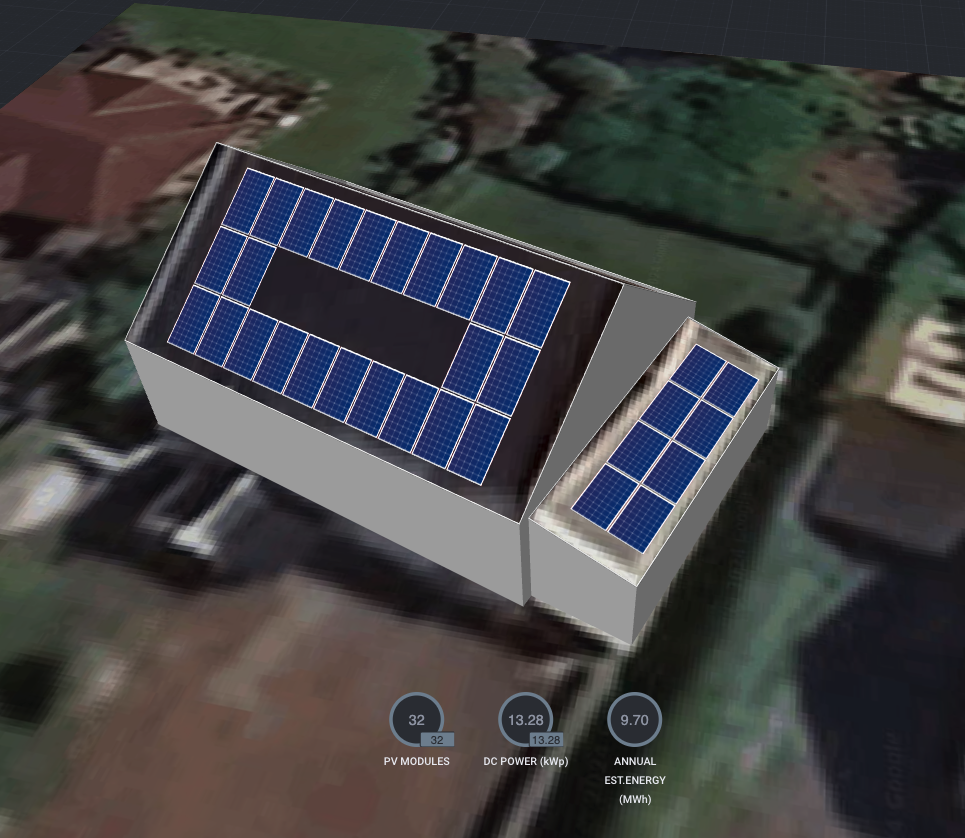
Image: Gerry’s Solar System
On a sunny day, his panels might produce up to 13kW. The Powerwall charges at 5kW, leaving 8kW for household use or export. If Gerry’s home only uses 1kW at the time, 7kW is available for export, but due to the 3.68kW export limit, 3.32kW will be clipped.
Clipping: What It Means for Your System
Clipping happens when your system produces more solar power than can be used in the home and exported. In Gerry’s case, 3.32kW was clipped. Although this might sound like a loss, it only occurs during peak production meanwhile in lower light conditions the PV system can produce more power than a lower output system. Homeowners can also offset clipping by using excess energy for high-demand activities like charging an electric vehicle (EV). The Tesla Wall Charger and Zappi EV Chargers are ideal for this!
Future-Proofing Your Tesla Powerwall 3 Setup
To prepare for future energy needs:
- Cable Sizing: Use the right cables (e.g., 16mm² for an 11.04kW output) to handle future Powerwall upgrades.
- G99 Applications: To unlock the full 11.04kW output, you’ll need DNO approval. This process can take time and isn’t always guaranteed, but it can enhance your system’s flexibility and potential for financial returns, especially with energy trading.
Key Takeaways
When designing your Tesla Powerwall 3 system:
- Lower output settings ensure regulatory compliance but may limit energy use and exports.
- Higher solar PV ratings generate more energy but could lead to clipping during peak production.
- Your system’s settings will depend on your energy needs, local DNO requirements, and future goals.
Choosing the 11.04kW output option may require extra time for DNO approval, and we may need to resubmit applications if approval is denied.
Next Steps
We’ll tailor your Tesla Powerwall 3 system based on your specific needs and DNO limitations. Here’s an example of how your settings might look:
| Setting | Example Value |
| Solar PV Rating (kWp) | 13.2kW |
| Battery Output (G99) | 11.04kW |
| Export Limit (G100) | 3.68kW |
| Battery Charge Rate | 5kW |

